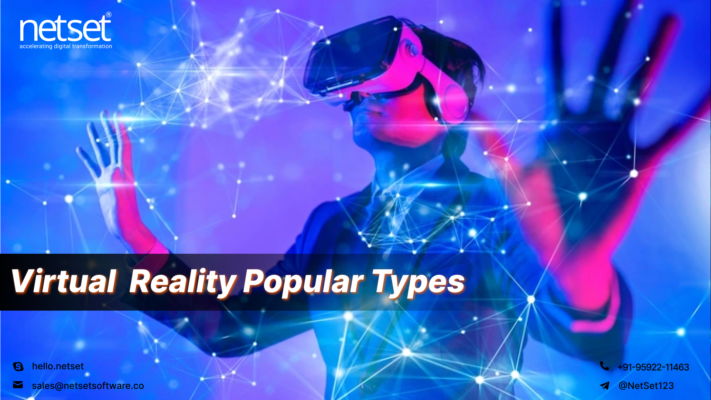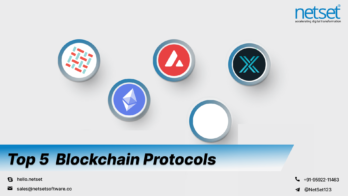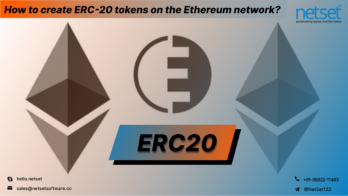Technology has bestowed plenty of unique ways to experience and interact with the world in the most innovative ways ever. Out of the latest innovations amongst Artificial Intelligence, Machine Learning, Blockchain, IoT and Virtual Reality is that one that creates realistic, intuitive. Most interactive experience that actually doesn’t exist in reality.
It’s an experience that you can observe, interact and listen to, without touching. One can relate with closing his eyes and experiencing the sound of music as if you are attending a live concert.
Virtual Reality is experiencing things that do not exist, and many mobile app development companies have unearthed its potential and provided extensive VR solutions industry-wise.
[Prefer Reading: Virtual Reality Business Use Cases with Examples]
Here we list the five most influential categories of Virtual Reality formats amongst tons that build the foundation of VR app development, investing in which, businesses can attract prospects, seamlessly.
- Fully Immersive
- Non-Immersive
- Semi-Immersive
- Augmented Reality
- Collaborative VR
#Fully Immersive Reality
Fully immersive virtual reality technology delivers a realistic display and experience within the virtual world. Such experience can be witnessed through the aid of a very powerful computer with high configurations that is able to detect sounds, sight, and even the slightest movement, and much importantly must adjust to the person’s experience.
In the fully immersive Virtual Reality experience, it seems like you are physically present in that virtual world and everything is happening in reality, but actually, it’s the power of VR that makes you witness such an astonishing experience. This is generally consider expensive as it requires a complete suite of equipment involving helmets, gloves, and body connectors with sense detectors.
With the help of these, each body movement, reaction, even a blink of an eye are detect and project within the virtual world.
One good example of this a VR app develop by NetSet Software that delivers a fully immersive experience of a nightclub. The app namely VRClub is an exclusive one build to let users experience the discotheque environment while sitting back on the couch from all the comfort of your home.
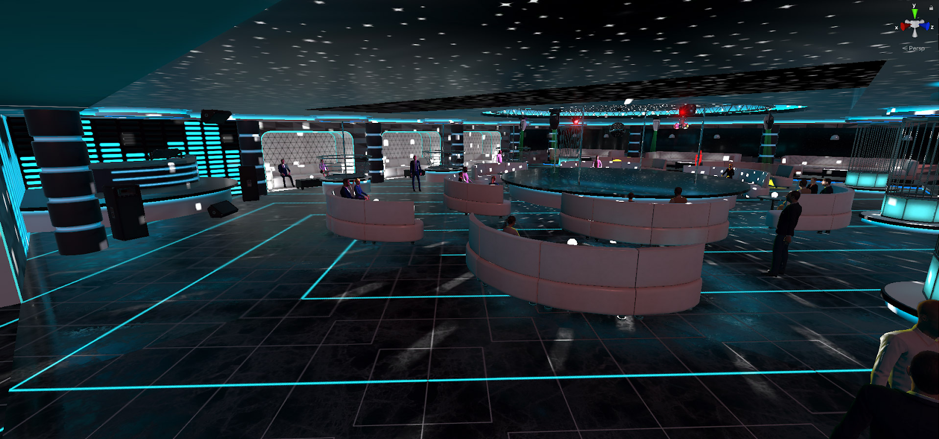
A new idea was shape into a virtual reality app that lets users get rid of boredom while relishing the nightclub environment with friends and family. The app support on HTC Vive, Oculus Rift, Oculus Quest, Oculus Quest 2, and other PC-VR devices.
[Prefer Reading the Case Study: VRClub- Unlimited Virtual Entertainment for Party Lovers]
#Non-Immersive Virtual Reality
Non-immersive virtual reality is a virtual experience where only a few of the activities or environment can be control by the user by the software. But the environment in which a user witnesses the VR isn’t interacting with the user.
A virtual reality flight simulator is a perfect example to recognize the non-immersive VR experience. It requires a widescreen PC with a sound system and involves other accessories too like headphones, joysticks, etc.
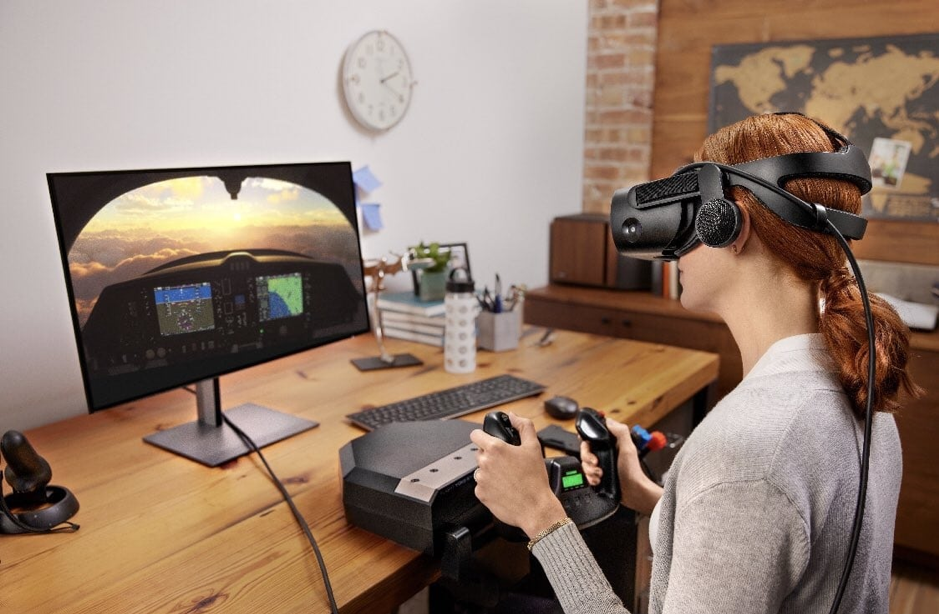
In this kind of environment, the user isn’t the center of attention. Say while playing World of WarCraft, you can only control the characters of the game. But there is no user interaction, all the actions are rather interacting with the characters within the game.
Generally, all the basic forms of gaming devices demonstrate examples of non-immersive reality. Where the viewer/users do not get fully immersed in the reality that the device produces. Yes, it won’t give a user the ultimate virtual reality experience say of being back in time or even ignite the person’s senses but would somehow analog it.
[Prefer Reading: Virtual Reality: Transforming Business Imagination into Reality]
#Semi-Immersive Virtual Reality
The word semi itself indicates that this type of virtual reality experience is a mix of fully and non-immersive VR. Here all the activities focus on the user where he/she has no real physical movements other than the visual experience.
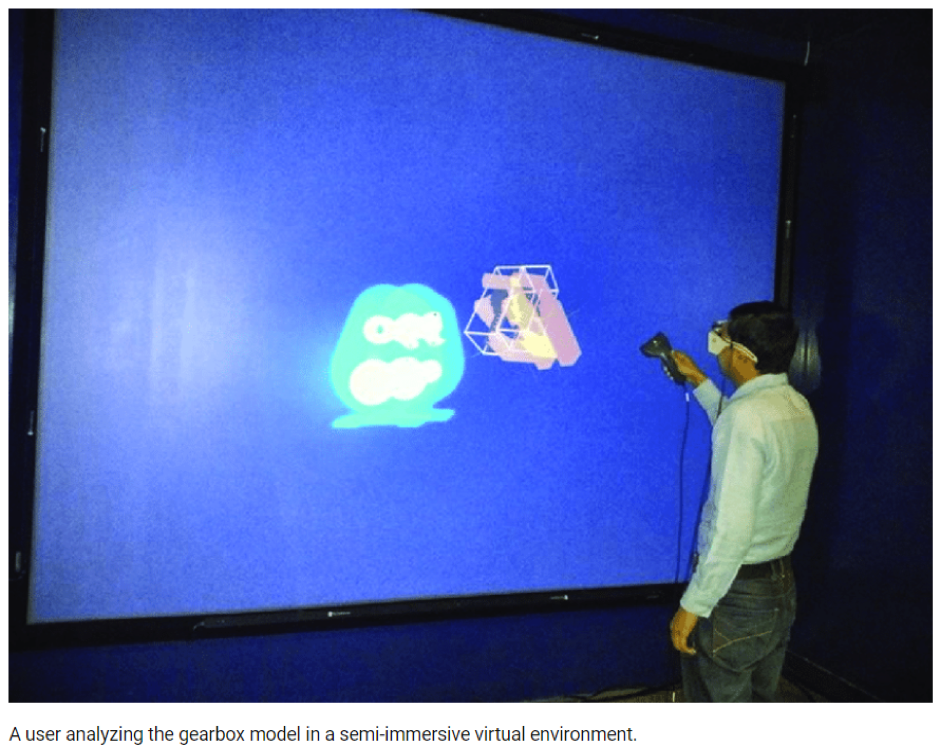
This can be in the form of a 3D space or virtual environment where a user can perform movements through a computer or a VR headset. From a computer, a mouse can be use to move about the virtual space, and from a mobile one can make use of swipes and touches to roam around.
In the case of a mobile phone, the semi-virtual experience supports the Gyroscope functionality that implies the virtual space will be fix as per the vertical axis and the user will have to rotate the phone in vary directions to view the space. (swipes won’t effect)
On the other way, devices connect to VR box/headset are more interactive where you witness the virtual world, not the real world, thus creating a realistic experience. Creating a semi-immersive form of virtual reality is cost-effective and is nowadays commonly embrace by businesses that can be both device-base or web-base.
Such type of experience is mostly used by businesses like real estate websites, bars, universities, hotels, etc. to highlight or promote their locations.
#Collaborative VR
This is a form of a virtual world where people from different locations can come into contact within the virtual environment usually through 3D or projected characters. One of its examples is PUBG (Players Unknown Battle Ground).
One of the popular games PUBG is a gaming platform that supports multiple players and where tonnes of users come into existence as individual virtual characters which they can control.

The platform allows them to communicate and interact through microphones or headsets. Virtual business meetings, virtual debate competitions are some more forms of collaborative VR where its main goal incurs collaboration between people.
#Augmented Reality
“AR is the ability to place entities virtually that puts it within the VR category.”
Augment reality falls under the segment of virtual reality that is hardly believe by fanatics. Doesn’t fully immerse the user in the setup or environment. It overlays virtual and real elements in a defined way.
When an entity/object seems to be present in the reality but it is not. Augmented reality instead of putting you in virtual reality, places a virtual entity in the real world. Through any device which gives an extraordinary visualization of the environment.
AR shows a lot of promises for distinct industries where many have already deployed within their practice. Online retailers make use of the technology to project to-scale 3-D images of products onto the user’s home. The AR goggles help technicians and workers by displaying instructions in the corner of their vision to give accurate results and output. Similar robust applications of Augmented Reality can help different spheres of work, delivering an immersive experience at different levels.
[Prefer Reading: Augmented Reality vs Virtual Reality: The Striking Contrast!]
